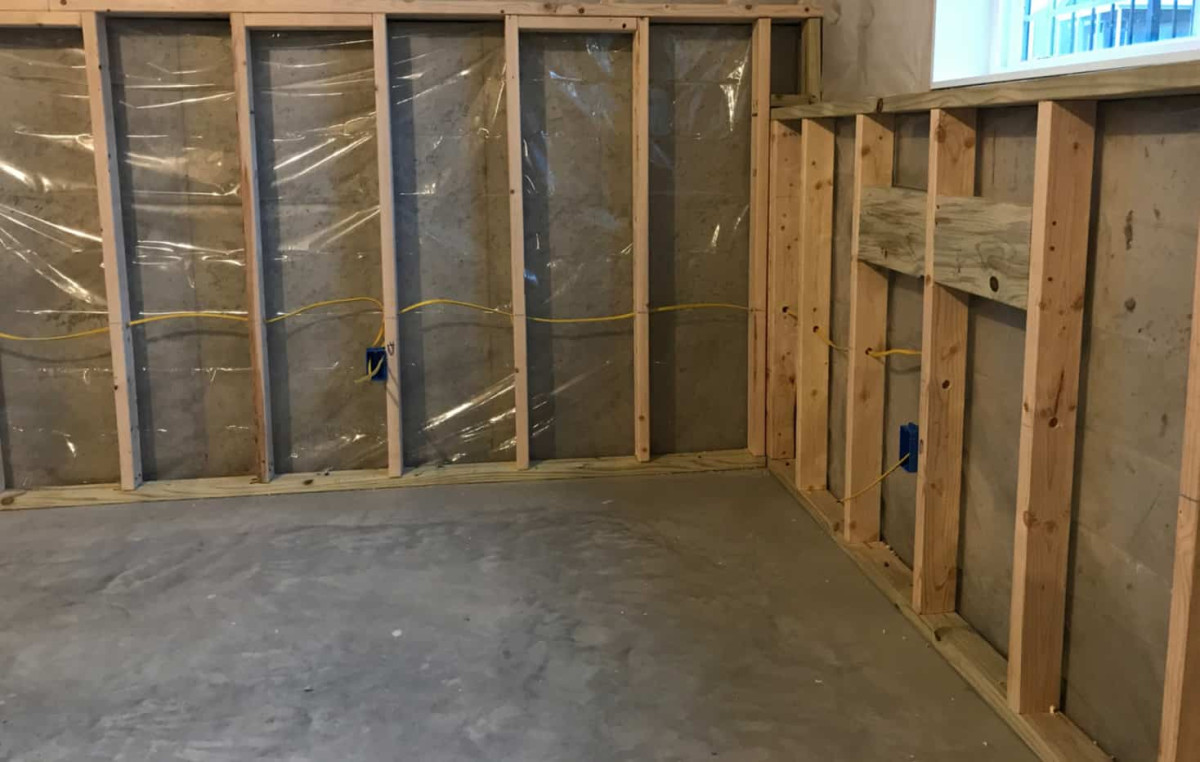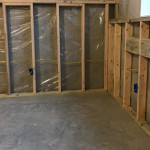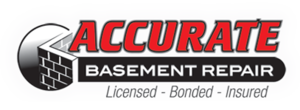Vapor barriers are an essential component in maintaining the structural integrity and comfort of homes. These materials are designed to control the diffusion of moisture through walls, ceilings, and floors, preventing various moisture-related issues such as mold growth, wood rot, and general degradation of building materials. This article provides a comprehensive overview of vapor barriers, their importance, types, installation methods, and best practices for homeowners.
The Importance of Vapor Barriers
Moisture can be highly destructive to building materials. In the absence of proper management, moisture can lead to the growth of mold and mildew, which pose health risks to residents and can undermine the structural integrity of the building. Vapor barriers play a crucial role in preventing this by blocking the passage of moist air from one part of the building to another, thereby controlling condensation within the structure.
What is a Vapor Barrier?
A vapor barrier is a material used to prevent moisture from passing through walls, ceilings, and floors into the structural cavities of a home. These barriers are typically made from plastic or foil sheets, but they can also include coatings made from paint or other materials that block moisture diffusion.
Types of Vapor Barriers
1. Polyethylene Plastic Sheet
This is the most common type of vapor barrier and is used in various parts of a home, especially in crawl spaces and basements. It’s available in several thicknesses, with thicker sheets providing better moisture resistance.
2. Foil or Metalized Film
Foil barriers are effective at blocking moisture and are also used as radiant barriers in attics to reflect heat, keeping homes cooler in summer and warmer in winter.
3. Coated Paper
Typically used in roofing and flooring materials, coated paper barriers are integrated into felt paper and are used under roofing shingles and some types of wood flooring.
4. Vapor Retarding Paints
Special paints that can act as a vapor barrier when applied in multiple coats on drywall. These are used primarily in retrofit applications where traditional vapor barrier installation is not feasible.
Where and Why to Use Vapor Barriers
The placement of vapor barriers depends on the climate. In colder climates, vapor barriers are usually installed on the inside (warm side) of the insulation to prevent warm indoor air from condensing within the insulation or wall cavity. In hot and humid climates, the barrier should be placed on the outside (warm side) of the insulation to prevent moist outdoor air from condensing inside the wall cavity.
Basements
Moisture in the basement can lead to mold growth and structural damage. A vapor barrier installed along the foundation walls or under the slab can prevent ground moisture from infiltrating the space.
Crawl Spaces
Similar to basements, crawl spaces are prone to moisture from the ground. Covering the ground with a thick sheet of polyethylene and extending it up the foundation walls can significantly reduce moisture levels.
Walls and Ceilings
In walls and ceilings, vapor barriers help prevent moisture from warm indoor air from penetrating and condensing within the insulation during colder months.
Installation Tips
Proper installation of vapor barriers is crucial to their effectiveness. Here are some general guidelines:
1. Ensure Complete Coverage
Vapor barriers should cover the entire surface area without gaps. Overlap sheets by at least 6 inches and seal seams with tape designed for vapor barriers.
2. Address Penetrations
Seal around any penetrations (like pipes or wires) using sealants or specific gaskets to maintain the integrity of the barrier.
3. Consider Local Building Codes
Always refer to local building codes for specific recommendations and requirements regarding vapor barrier installation, as practices can vary significantly depending on the local climate.

Common Mistakes to Avoid
- Incorrect Placement: Installing the vapor barrier on the wrong side of the insulation can trap moisture, leading to mold and rot.
- Poor Sealing: Inadequate sealing at joints, edges, and around penetrations can compromise the barrier’s effectiveness.
- Using Vapor Barriers in Inappropriate Conditions: In very dry climates, or in situations where both sides of a wall assembly can dry out naturally, a vapor barrier might not be necessary and can actually impede moisture management.
Vapor barriers are a critical component in protecting homes from the damaging effects of moisture. By understanding the types of vapor barriers available, their appropriate applications, and installation techniques, homeowners can ensure that their homes remain durable, comfortable, and free of moisture-related issues. Proper installation and adherence to local building codes will provide long-term benefits, safeguarding the structure and health of the home’s inhabitants.
Contact the Professionals at Accurate Basement Repair Today! 414-744-6900




